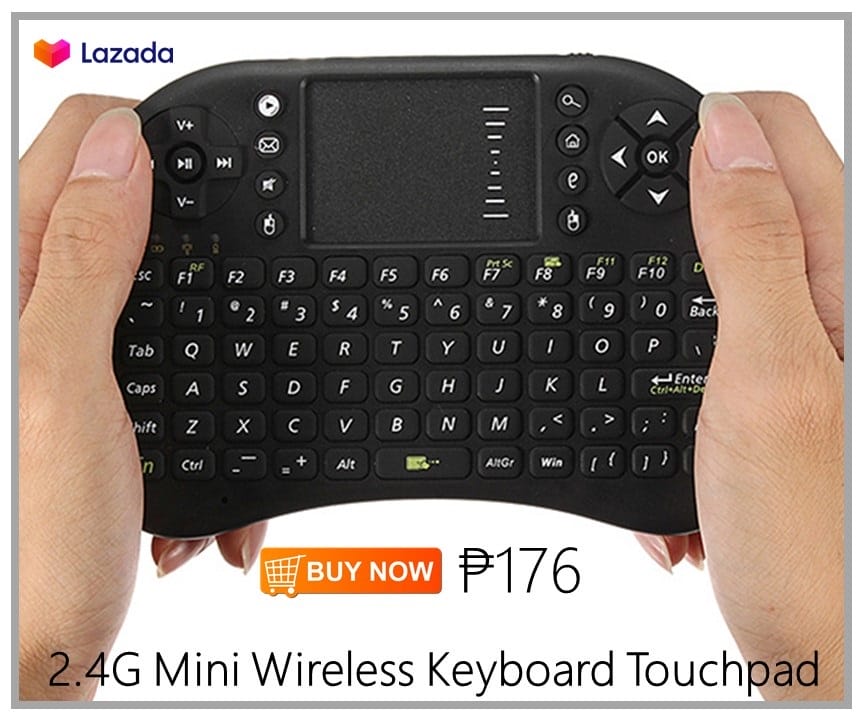Table of Contents
Bartholin cysts are common among women. They are caused by blocked sweat glands in the Bartholin’s glands. In this article, we will discuss what a Bartholin cyst is and how to treat it.
What Is A Bartholin Cyst?
A Bartholin cyst is a small fluid-filled sac that develops near the vaginal opening. It is caused by a blocked Bartholin’s gland. The Bartholin’s glands are two small glands located on either side of the vaginal opening. They secrete a lubricating fluid during sexual intercourse, allowing for smooth and comfortable penetration. When these glands become blocked, fluid accumulates, creating a small cyst. In most cases, a Bartholin cyst is painless and may not cause any symptoms. However, if it becomes infected, it can cause pain and swelling in the area.

What Are The Causes Of A Bartholin Cyst?
A Bartholin cyst is a fluid-filled lump that can develop in the Bartholin’s glands, which are located on either side of the opening of the vagina. Although a Bartholin cyst is relatively common and usually harmless, it can be a source of discomfort and may require treatment. Knowing the potential causes of a Bartholin cyst can help individuals better understand their condition and how to prevent future cysts. The most common cause is blocked ducts, which can occur due to an obstruction such as a foreign body or a tumor that blocks the ducts.
Additionally, inflammation or infection in the Bartholin’s glands can also cause cysts. Other less common causes include sexually transmitted infections, hormonal changes, and genetic factors. Understanding the potential causes of a Bartholin cyst can help individuals take steps to prevent its development and seek appropriate treatment if necessary.

What Are The Signs Of A Bartholin Cyst?
A Bartholin cyst is a common type of cyst that can form in the Bartholin glands located near the opening of the vagina. If you are experiencing any of the symptoms listed below, then you may have a Bartholin cyst. The most common symptom is a lump or swelling near the opening of the vagina. This lump may be the size of a pea or even as large as a golf ball. Additionally, pain or tenderness in the area may be present. Other symptoms include itching, burning, or irritation in the area surrounding the lump and painful intercourse.
In some cases, a Bartholin cyst may become infected, leading to additional signs and symptoms such as redness, warmth, and pus drainage. If you suspect that you may have a Bartholin cyst, it is important to speak to your doctor to get an accurate diagnosis and begin treatment right away.

How are Bartholin Cysts Diagnosed?
Diagnosing a Bartholin cyst is typically done by a healthcare provider through a physical examination. During the exam, the provider will look for a small lump on either side of the vaginal opening. They may also press against the area to see if it is painful or tender. In some cases, further testing may be needed to confirm the diagnosis or rule out other conditions. This may include further imaging tests such as an ultrasound or an MRI.
Additionally, the healthcare provider may take a sample of tissue from the cyst and examine it under a microscope. The results of this test can help confirm the diagnosis and rule out other possible causes. By understanding how Bartholin cysts are diagnosed, you can be better prepared to discuss your symptoms with your healthcare provider and receive the appropriate treatment.

How Do You Treat A Bartholin Cyst?
A Bartholin Cyst is a small, fluid-filled sac that can develop near the opening of a woman’s vagina. This type of cyst is caused when the Bartholin’s glands, which are located on either side of the vagina, become blocked and swell up with fluid. If left untreated, Bartholin cysts can become painful and cause discomfort. Fortunately, there are a few different treatments that can help.
The first is to apply a warm compress to the cyst for about 15 minutes several times a day. This can help reduce inflammation and pain. Additionally, your doctor may prescribe antibiotics if the cyst becomes infected. If these treatments don’t work, then surgery may be necessary. During the procedure, your doctor will make a small cut in the cyst and then drain it. After surgery, you may be prescribed antibiotics to help prevent infection and should also apply warm compresses to reduce swelling and discomfort.
Taking good care of yourself afterward is also important; this includes abstaining from sexual activity and wearing loose-fitting clothing to help minimize irritation. By following these steps, you can successfully treat a Bartholin Cyst.

How To Tell If You Have A Bartholin Cyst Or Not?
If you experience pain, swelling, and discomfort in your genital area, it could be a Bartholin Cyst. These cysts are caused by a blocked Bartholin’s gland and can be painful and uncomfortable. Knowing the symptoms and signs of a Bartholin Cyst is important in order to get the right treatment.
Generally, the signs of a Bartholin Cyst include a lump or bump that can range from pea-sized to larger than a golf ball, a tender area around the lump, pain during intercourse or when walking, and general discomfort in the genital area. If you experience any of these symptoms, it’s important to seek medical attention. Your doctor will perform an exam to determine if you have a Bartholin Cyst or something else. They may recommend treatment options such as antibiotics or surgery, depending on the severity of your cyst. In some cases, doctors may opt to drain the cyst with a catheter instead of performing surgery. With proper diagnosis and treatment, Bartholin Cysts can be effectively managed, and you can soon be feeling better.
How To Avoid Getting A Bartholin Cyst In The First Place?
It’s important to do what you can to try and prevent getting a Bartholin cyst in the first place. The Bartholin glands, located on either side of the vaginal opening, can become blocked when fluid builds up inside them, leading to the formation of a cyst. Fortunately, there are some simple steps you can take to help avoid this issue. First, practice good hygiene by washing the area around the Bartholin glands on a daily basis using warm water and mild soap.
Additionally, keep the area dry and avoid wearing tight clothing that restricts air circulation. It’s also important to change tampons and pads frequently and avoid douching or using perfumed products in the genital area. Finally, be sure to seek medical advice if you experience any pain or discomfort in the area. Taking these preventive measures can help reduce your risk of developing a Bartholin cyst.
How is Bartholin cyst different from other cysts?
Bartholin cysts, also known as Bartholin’s gland cysts, are relatively common and can occur in both men and women. They are fluid-filled lumps that form around the Bartholin’s glands, which are located on either side of the vaginal opening. While these cysts can be similar to other types of cysts, there are some distinct differences that make them unique. Bartholin cysts typically cause a feeling of pressure, pain, and swelling in the vulvar area. They can range in size from pea-sized to larger than a golf ball.
In contrast, other types of cysts usually appear as small lumps that are barely noticeable. Additionally, Bartholin cysts often grow rapidly, while other cysts tend to stay the same size or even shrink over time. Treatment for a Bartholin cyst usually involves draining the contents of the cyst and possibly antibiotics if there is an infection present. If the cyst keeps recurring, surgery may be necessary to remove part or all of the gland. By understanding the characteristics of a Bartholin’s cyst, it is possible to differentiate it from other types of cysts and determine the best course of treatment.
What Type of Doctor Can Treat Bartholin Cysts?
Depending on the severity of the cyst, there are several types of doctors who can help you treat it. Gynecologists specialize in women’s health, so they are able to provide treatment for Bartholin cysts. Urologists can also treat cysts, as they specialize in the urinary tract and reproductive organs. Primary care physicians can diagnose and treat Bartholin cysts, too, depending on their level of expertise in this area. Some primary care physicians may refer you to a specialist if they cannot provide an adequate course of treatment.
Surgery may be necessary to treat a Bartholin cyst that is very large or infected. In this case, a gynecologist or urologist would be your best option for treatment. They can perform the procedure to drain the cyst and take any other necessary steps to ensure your health and safety. Remember, it’s important to see a doctor if you suspect you have a Bartholin cyst so that you can get the proper treatment for it.
How Long Do Bartholin Cysts Last?
Bartholin cysts are small, fluid-filled lumps that often develop near the opening of the vagina. They occur when the Bartholin glands, located on either side of the vaginal opening, become blocked and swell. While the cysts are not typically life-threatening and may go away on their own, they can cause discomfort and be painful. So, how long do Bartholin cysts last?
The answer to this question will vary from person to person. In most cases, Bartholin cysts will last anywhere from a few days to a few weeks. However, in some instances, they can last up to several months or even longer, depending on the severity of the blockage. In addition, if the cyst becomes infected, it can take weeks or even months before it is completely gone.
In order to reduce the risk of a Bartholin cyst recurring, it is important to practice good hygiene. This includes regular washing of the area with warm water only and avoiding tight-fitting clothing. In some cases, medical treatment such as oral antibiotics or incision and drainage may be necessary to treat an infection or reduce swelling.
It is also important to seek medical attention if you experience any of the following symptoms: fever, foul-smelling discharge from the cyst, redness or swelling of the vulva, or difficulty walking or sitting due to pain from the cyst. These may be signs of an infection and should be treated promptly to avoid further complications.
Overall, Bartholin cysts typically last anywhere from a few days up to several months, depending on how severe the blockage is. It is important to practice good hygiene and seek medical attention if symptoms become worse or do not go away after a few days.
Final Thoughts: What Is a Bartholin Cyst and How Is It Different From a Cyst?
In conclusion, a Bartholin cyst is a benign cyst that occurs on the Bartholin’s gland. It is different from a cyst, which is a swelling or lump on the skin. If you are experiencing pain or pressure when touching or pressing on your Bartholin’s gland, it is important to seek medical attention.
Sources
- Bartholin’s cyst – Symptoms and causes – Mayo Clinic
- Bartholin Cyst: Causes, Treatment, Symptoms & Removal – Cleveland Clinic
- Bartholin’s cyst – NHS
- Bartholin cyst or abscess Information | Mount Sinai
Disclaimer
This website is intended to educate both members of the general public and those working in the medical field on the prevalence, causes, and methods for preventing, diagnosing and treating diseases that affect people throughout their lives. This website’s content is provided solely for informational reasons and is not meant to serve as a substitute for the advice of a qualified medical practitioner.













